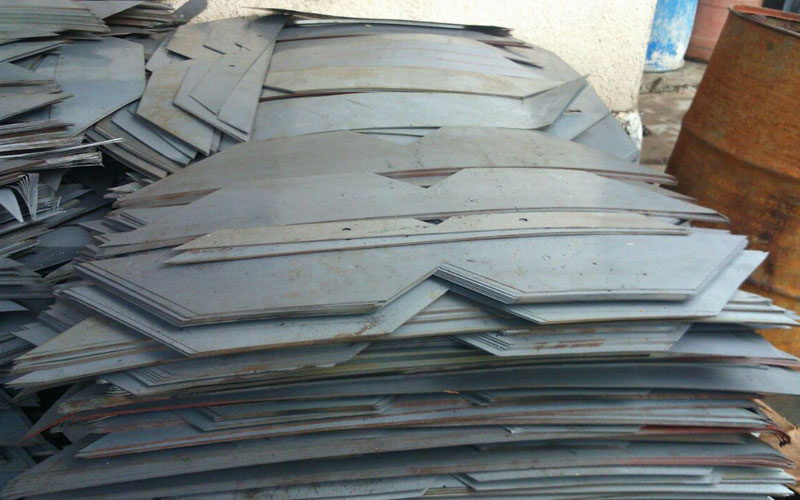
The Indian distribution transformer industry has the dubious distinction of having the highest failure rates. There are other contentious issues like use of recycled CRGO steel and dual certification for energy efficiency. State government-owned discoms are also criticized for inadvertently inducting sub-standard transformers into the system, thanks to archaic procurement policies. In this exclusive interview, we have Ajay Sanghi, Chairman, Distribution Transformers Division, Indian Electrical & Electronics Manufacturers’ Association (IEEMA), touching upon pressing issues plaguing the distribution transformer industry, whilst making some valuable remedial suggestions. An interview by Venugopal Pillai.
How has the performance of IEEMA members from distribution transformer manufacturers been over the recent years?
Over the last two years, the distribution transformer industry has suffered demand compression and degrowth. Sales have declined by 20 per cent in FY20 and by a further 30 per cent in FY21.
The failure rate of Indian distribution transformers is understood to be alarmingly high. What could be the reasons?
Yes, failure rates of distribution transformers are indeed alarming, especially in rural areas, and in states which have B or C rating.
Factors like overloading, power theft, illegal connections and tapping, indifferent maintenance, political interference, and long warranty periods have contributed significantly to the culture of indifference. This has led to recklessly poor installation and maintenance.
On the other hand, failure rates in private utilities are low, and even comparable to international levels.
The alleged use of inferior or scrap CRGO (cold rolled grain oriented) steel by Indian distribution transformer industry has been a contentious issue for a long time. Do you feel that after the mandatory BIS certification, the usage of such CRGO has reduced?
 This thought has done considerable damage to the nation by diverting the attention from the real causes of transformer failures. The usage of seconds or reused CRGO does not contribute to higher failure. This is a misconception spread by vested interests. There is no technical basis to assert that reused CRGO leads to higher failure. There is no deterioration from tested values if recycled CRGO is used.
This thought has done considerable damage to the nation by diverting the attention from the real causes of transformer failures. The usage of seconds or reused CRGO does not contribute to higher failure. This is a misconception spread by vested interests. There is no technical basis to assert that reused CRGO leads to higher failure. There is no deterioration from tested values if recycled CRGO is used.
I think that India needs to make policies that save foreign exchange, without adding to transformer failures.
Distribution transformer manufacturers often complain that dual certification (from BEE and BIS) leads to unnecessary duplication of effort. What is your reading of the situation?
Dual certification is a burden on the industry. Such policies are hindrance to innovation as they discourage use of better designs and techniques, by mandating hugely expensive type-tests whenever some change in design is made.
India has since long been trying to manufacture CRGO steel domestically without much success. What is your view?
Domestic manufacture is easily doable if serious efforts are made. We understand that JSW Group is trying to set up a CRGO steel manufacturing in collaboration with JFE, of Japan. We wish them success, and hope that more such ventures come up.
It is often felt that the archaic L1 mode of procurement followed by most state government-owned discoms is the main reason why substandard transformers are finding their way in the power T&D network. What is your reading?
Effective substitutes for L1 have been proposed (allowing orders to be placed on L2 and L3 at their quoted prices etc) but have not found favour with policy makers.
However, the larger issue is socio-political, especially in rural areas. If discoms are brought under management of the Central government, by acquiring 51 per equity of discoms, it will circumvent the need to change laws relating to power, it being a concurrent subject.
Also read: Union Budget Proposals Will Boost Electrical Equipment Industry, Says IEEMA
Railway electrification is emerging as a big business opportunity. Do you see transformer manufactures showing inclination to cater to Indian Railways?
Not really; vendors catering to the railways are already struggling with excess capacity as well as low demand.
How do you rate the business opportunities for distribution transformer manufacturers frm government schemes like Saubhagya, DDGJUY, IPDS, etc?
This has already decreased over the years. The future demand is expected to be much lower than the manufacturing capacity existing with the industry.
As Chairman of IEEMA’s distribution transformer division, what are your major recommendations to the government for the benefit of the domestic transformer industry?
The Central government should acquire 51 per cent equity in all loss-making discoms. Then the perpetual cycle of high transformer failures, high AT&C losses, high financial losses, power theft, and similar ills, can be broken. State utilities are not lacking in managerial prowess, but their hands are tied because of socio-political reasons.


